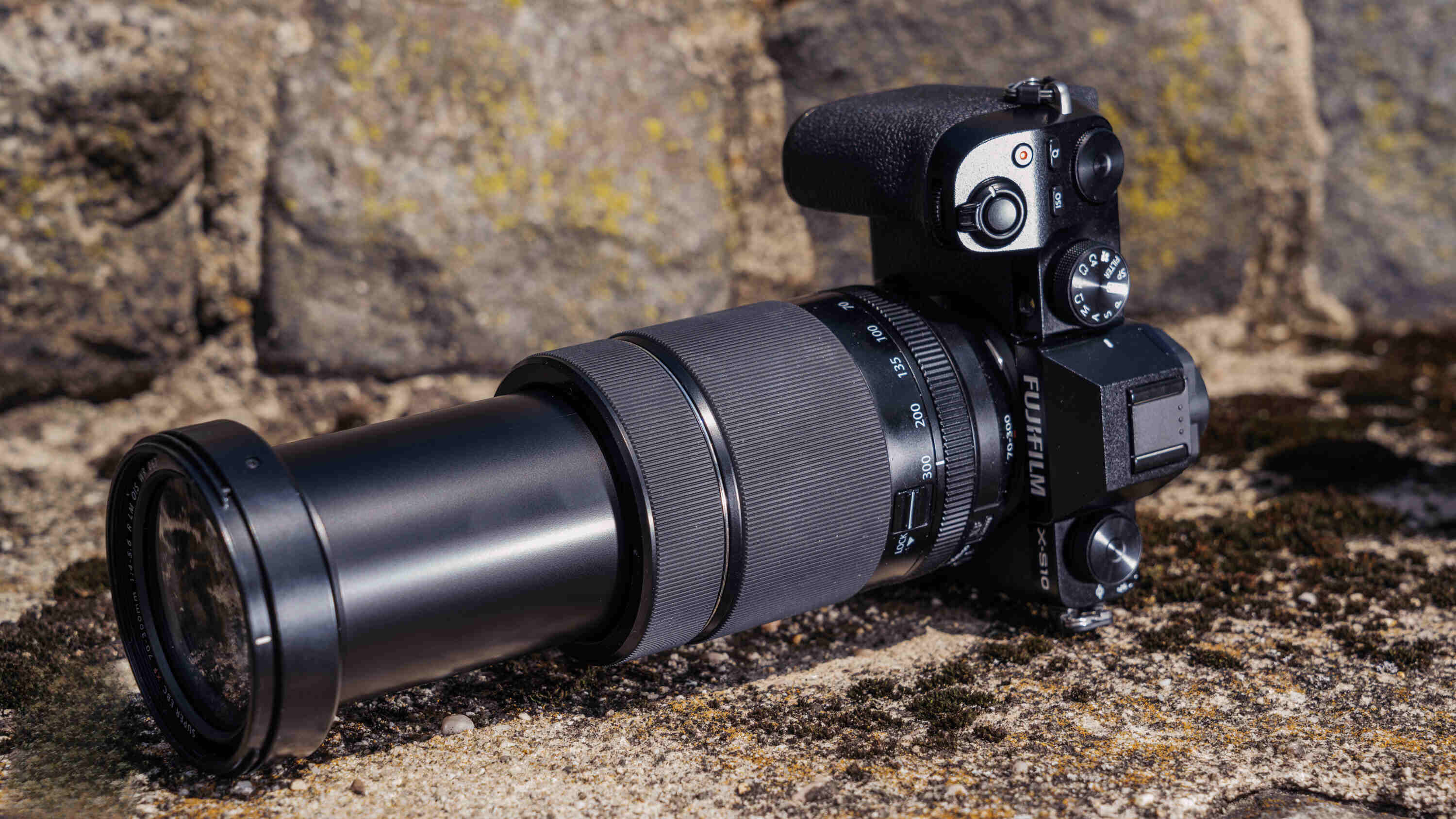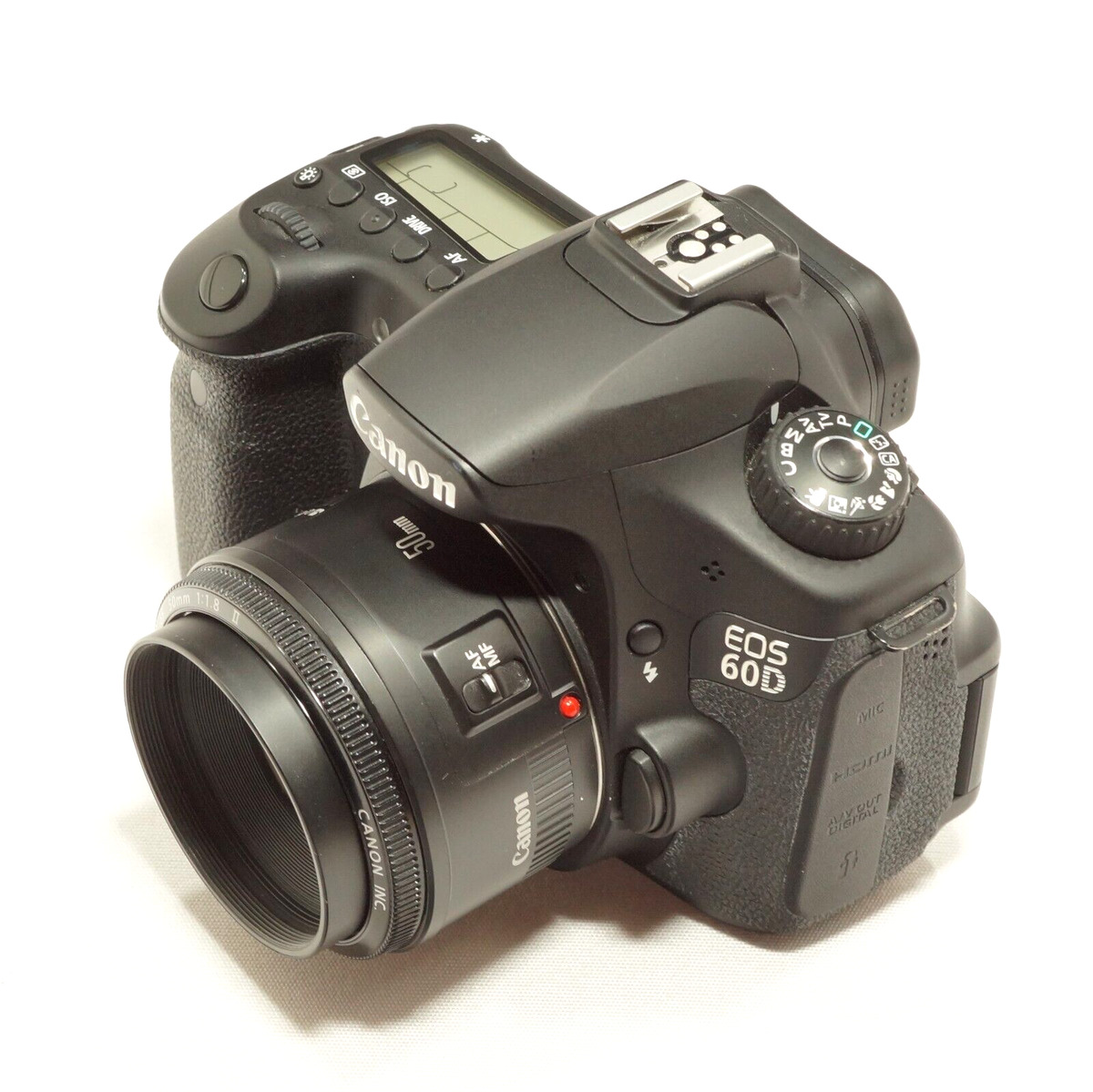Introduction
Welcome to the fascinating world of black and white photography with your Canon EOS DSLR camera. Capturing images in black and white can evoke a timeless and classic aesthetic, adding depth and emotion to your photographs. Whether you are a seasoned photographer or just starting out, the B&W function on your Canon EOS DSLR camera offers a unique opportunity to explore the art of monochrome photography.
Understanding how to activate and utilize the black and white function on your Canon EOS DSLR camera can significantly enhance your photography skills and expand your creative expression. This article will guide you through the process of turning on the B&W function, providing valuable insights and practical tips to help you make the most of this captivating feature.
Black and white photography has an enduring appeal, offering a distinct perspective that can transform ordinary scenes into compelling works of art. By harnessing the power of monochrome imagery, you can convey mood, texture, and composition in a strikingly different way compared to color photography. The B&W function on your Canon EOS DSLR camera empowers you to explore the interplay of light and shadow, emphasizing contrast and tonal range to create visually arresting photographs.
Whether you are drawn to the timeless elegance of black and white portraits, the dramatic impact of monochrome landscapes, or the artistic allure of abstract compositions, the B&W function on your Canon EOS DSLR camera opens up a realm of creative possibilities. With this guide, you will embark on a journey to unlock the full potential of black and white photography, unleashing your artistic vision and capturing captivating images that resonate with depth and emotion.
Understanding the B&W Function on Canon EOS DSLR Camera
Before delving into the process of activating the black and white function on your Canon EOS DSLR camera, it’s essential to grasp the underlying principles that govern monochrome photography. While traditional photography captures scenes in full color, black and white photography transcends chromatic representation, focusing on the interplay of light and shadow, texture, and composition.
When you engage the B&W function on your Canon EOS DSLR camera, you are essentially instructing the camera to capture images without color information, emphasizing tonal variations and contrast. This shift in focus allows you to explore the fundamental elements of photography in a more nuanced and evocative manner, honing your ability to discern and manipulate light to create compelling compositions.
Black and white photography encourages a heightened awareness of form and structure, prompting you to consider the intricate relationship between light and the subjects you are capturing. By immersing yourself in the monochromatic realm, you will develop a keen eye for identifying compelling visual elements that may have been overshadowed in a color-centric approach.
Furthermore, the absence of color in black and white imagery accentuates emotions, adding a timeless and emotive quality to your photographs. This unique characteristic allows you to convey mood and narrative with heightened intensity, fostering a profound connection between the viewer and the image.
Understanding the B&W function on your Canon EOS DSLR camera goes beyond technical knowledge; it entails a shift in perception and a deep appreciation for the artistry of photography. Embracing the monochrome medium empowers you to see the world through a different lens, encouraging a more deliberate and contemplative approach to image-making.
Steps to Turn On the B&W Function
Activating the black and white function on your Canon EOS DSLR camera is a straightforward process that unlocks a world of creative possibilities. By following these simple steps, you can harness the power of monochrome photography and elevate your imagery to new heights.
- Access the Menu: Begin by turning on your Canon EOS DSLR camera and navigating to the main menu. Locate the “Picture Style” or “Creative Filters” option, which houses a range of artistic settings, including the black and white function.
- Select Black and White Mode: Once you have accessed the Picture Style or Creative Filters menu, scroll through the available options until you find the black and white mode. Select this mode to enable the camera’s black and white function.
- Adjust Settings (Optional): Depending on your specific Canon EOS DSLR model, you may have the option to fine-tune the black and white settings, such as contrast, sharpness, and filter effects. Experimenting with these settings can enhance the visual impact of your monochrome images, allowing you to customize the look and feel of your photographs.
- Capture Stunning Images: With the black and white function activated, you are ready to embark on a captivating photographic journey. Frame your subjects thoughtfully, paying attention to light, shadow, and composition. Embrace the expressive potential of monochrome photography, and let your creative vision guide you as you capture compelling black and white images.
By following these steps, you can seamlessly integrate the black and white function into your photography workflow, unleashing a realm of artistic exploration and visual storytelling. Whether you are drawn to the timeless allure of black and white portraits, the evocative drama of monochrome landscapes, or the abstract beauty of grayscale compositions, the B&W function on your Canon EOS DSLR camera empowers you to craft images that resonate with depth and emotion.
Tips for Shooting in Black and White
Mastering the art of black and white photography involves more than just activating the B&W function on your Canon EOS DSLR camera. To capture captivating monochrome images that resonate with depth and emotion, consider the following tips that will elevate your black and white photography skills:
- Embrace Contrast: Black and white photography thrives on contrast, so seek out scenes with a wide range of light and shadow. Strong contrasts can add drama and visual impact to your images, creating compelling compositions that draw the viewer’s eye.
- Focus on Texture: Texture plays a pivotal role in monochrome photography, as it can be accentuated without the distraction of color. Look for surfaces, patterns, and details that come to life in black and white, adding tactile richness to your photographs.
- Utilize Filters: Experiment with colored filters to manipulate the way different colors are rendered in black and white. For example, a red filter can darken a blue sky, creating a more dramatic backdrop for your subjects, while a yellow filter can enhance contrast and tonal separation in various lighting conditions.
- Pay Attention to Composition: Composition is paramount in black and white photography. Explore leading lines, symmetry, and negative space to create visually compelling images. Consider the rule of thirds, framing, and perspective to craft engaging compositions that transcend the limitations of color.
- Capture Emotion and Mood: Black and white photography has the remarkable ability to convey emotion and mood with profound intensity. Look for moments of raw emotion, subtle gestures, and evocative expressions that are amplified in monochrome, allowing the viewer to connect with the essence of the scene.
- Experiment with Lighting: Light is the essence of photography, and in black and white imagery, it takes on an even more pronounced role. Explore the interplay of light and shadow, embracing the nuances of natural and artificial lighting to sculpt your subjects and create captivating visual narratives.
- Post-Processing Considerations: While the B&W function on your Canon EOS DSLR camera produces stunning monochrome images, consider refining your black and white photographs in post-processing. Fine-tuning contrast, tonality, and sharpness can further enhance the visual impact of your images, allowing you to achieve your artistic vision.
By incorporating these tips into your black and white photography practice, you will elevate your imagery, infusing it with depth, emotion, and artistic resonance. Embrace the timeless allure of monochrome photography, and let your creative vision flourish as you capture compelling black and white images that leave a lasting impression.
Conclusion
As you embark on your journey into the captivating realm of black and white photography with your Canon EOS DSLR camera, you are poised to unlock a world of artistic expression and visual storytelling. The B&W function on your camera empowers you to transcend the boundaries of color, inviting you to explore the timeless allure of monochrome imagery.
By understanding the fundamental principles of black and white photography and mastering the art of activating the B&W function, you have taken a significant step toward honing your photography skills and expanding your creative horizons. The ability to capture stunning black and white images opens up a myriad of opportunities to convey emotion, mood, and narrative with profound intensity, resonating with viewers on a deep and visceral level.
Armed with the knowledge of how to turn on the B&W function on your Canon EOS DSLR camera and equipped with valuable tips for shooting in black and white, you are well-prepared to embark on a captivating photographic journey. Embrace the interplay of light and shadow, seek out compelling compositions, and infuse your images with texture, contrast, and emotion to create monochrome masterpieces that leave an indelible impression.
As you venture forth into the world of black and white photography, remember that the true essence of monochrome imagery lies not only in the absence of color, but in the depth of emotion, the richness of texture, and the power of visual storytelling. Let your creative vision soar, and capture black and white images that resonate with timeless elegance and artistic resonance, leaving an enduring imprint on the hearts and minds of those who behold your work.

























